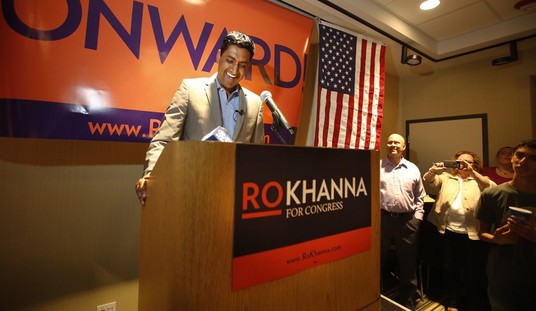A report on the solvency of Social Security gets released every year. This year the report concludes the program will be unable to pay full benefits starting in 2036 and things will get worse from there unless changes are made. From CNN:
If Congress doesn’t act soon, tens of millions of Americans will only receive about three-quarters of their Social Security benefits when they retire.
Social Security’s trust funds will be tapped out by 2035, according to an annual report released Monday by trustees of the government’s two largest entitlement programs, the other being Medicare. That’s one year later than last year’s report projected…
Also, for the first time since 1982, Social Security’s total cost is expected to exceed its total income in 2020 and continue that way through 2093. This is two years later than projected in last year’s report.
The NY Times framed the coming insolvency of the program as part of an ongoing partisan battle in Congress between those who want to cut benefits and those who want to raise taxes:
Democrats played down the need for significant changes to the programs, which they created and have sought to protect. They said cuts to benefits would be unacceptable after waves of tax cuts under President George W. Bush and President Trump.
Lawmakers have been struggling to come to grips with a solution for the country’s eroding entitlement programs, which have for years been at the center of a political tug of war between Republicans and Democrats…
In January, Democrats announced a bill which would expand Social Security modestly and raise taxes to pay for it.
The Social Security 2100 Act calls for an across-the-board benefit increase equal to about 2% of the average benefit, along with a cost-of-living adjustment, or COLA, that would better account for the actual costs faced by seniors, according to its backers. The bill also would set a higher minimum benefit, putting it at 25% above the poverty line, and cut taxes for an estimated 12 million Social Security recipients by lifting the income thresholds for when they have to pay taxes on benefits.
To boost funding for the program, the act plans an increase in the contribution rate so workers and employers pay 7.4% by 2043, up from 6.2% today.
The alternative to higher taxes is benefit cuts, but those cuts are unpopular according to polls, even among Republicans. That fact that no solution to this problem is popular with the electorate is why the problem persists.
Maya MacGuineas of the Committee for a Responsible Federal Budget tells the NY Times, “That fact that we now can’t guarantee full benefits to current retirees is completely unacceptable, and it should be cause enough for every policymaker to rally around solutions to restore solvency to those programs.”







Join the conversation as a VIP Member